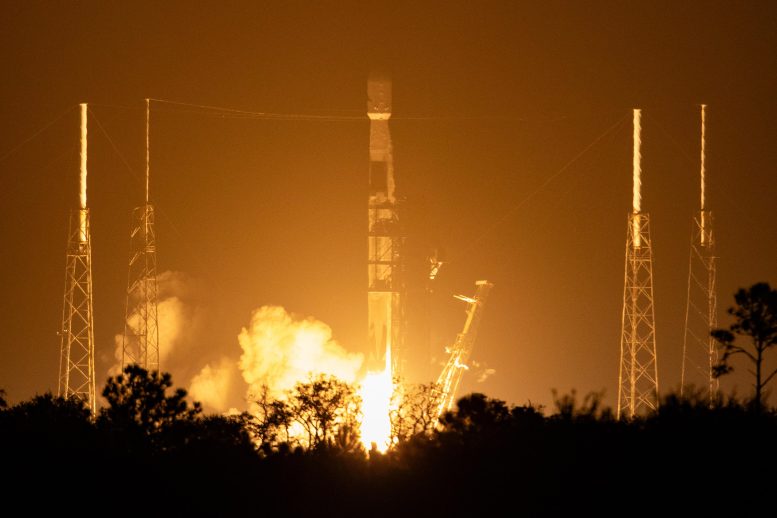
NASA’s PACE (Plankton, Aerosol, Cloud, ocean Ecosystem) spacecraft, atop a SpaceX Falcon 9 rocket, successfully lifts off from Space Launch Complex 40 at Cape Canaveral Space Force Station in Florida at 1:33 a.m. EST Thursday, February 8. PACE is NASA’s newest earth-observing satellite that will help increase our understanding of Earth’s oceans, atmosphere, and climate by delivering hyperspectral observations of microscopic marine organisms called phytoplankton, as well as new data on clouds and aerosols. Credit: NASA/Kim Shiflett
Studying the health of our oceans and climate…
A private astronaut crew heads home from the space station…
And some mission milestones for NASA’s Lucy spacecraft…
A few of the stories to tell you about – This Week at NASA!
Studying the Health of Our Oceans and Climate
NASA’s PACE Earth science mission launched aboard a SpaceX Falcon 9 rocket on February 8 from Cape Canaveral Space Force Station.
The mission will help us better understand how our oceans and atmosphere exchange carbon dioxide, measure key atmospheric variables related to air quality and Earth’s climate, and monitor ocean health, in part by studying phytoplankton – tiny plants and algae that sustain the marine food web.
Follow the mission at blogs.nasa.gov/pace.
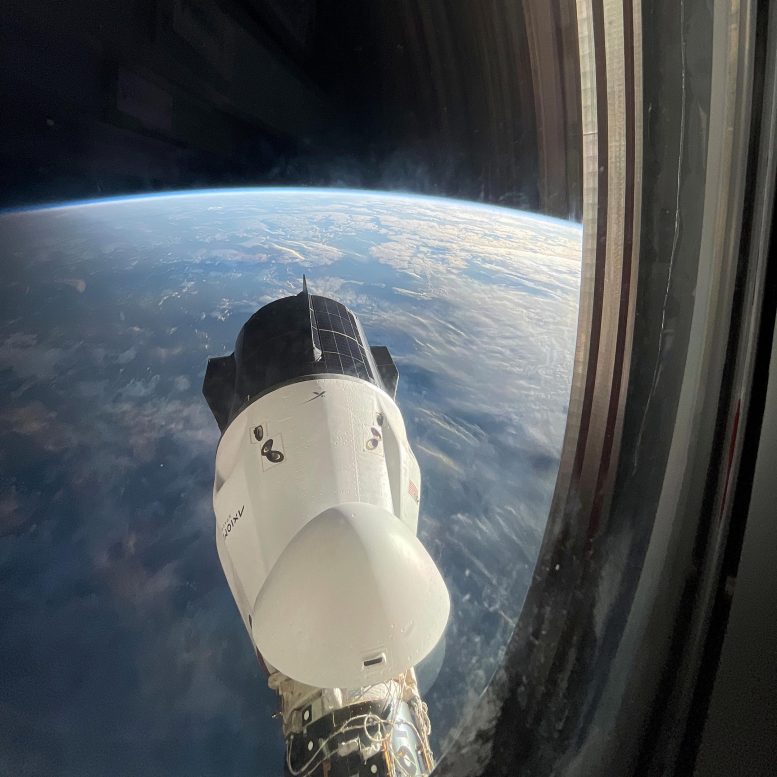
The SpaceX Dragon Freedom spacecraft is pictured from a window aboard the SpaceX Dragon Endurance spacecraft. Both spacecraft are docked to ports on the International Space Station’s Harmony module. Freedom is seen moments before undocking from Harmony’s forward port with the Axiom Mission 3 crew aboard. Credit: NASA
Axiom Mission 3 Departs the Space Station
On February 7, a SpaceX Dragon spacecraft carrying the four-person crew of Axiom Mission 3 undocked from the International Space Station to begin the crew’s return trip to Earth.
Axiom Mission 3, the third all-private astronaut mission to the orbiting laboratory, will return with more than 550 pounds of NASA hardware and data from experiments the crew conducted during the mission.

NASA’s Lucy mission is the first spacecraft launched to explore the Trojan asteroids, a population of primitive asteroids orbiting in tandem with Jupiter. Credit: NASA’s Goddard Space Flight Center
NASA’s Lucy Ready for 2024 Mission Milestones
NASA’s Lucy spacecraft recently completed the second and largest planned main engine burn of its 12-year mission. These burns, combined with the mission’s second Earth gravity assist maneuver targeted for December 2024, will help Lucy transition from its current orbit around the Sun to a new orbit that will carry it beyond the orbit of Jupiter and into the realm of the never-before-explored Jupiter Trojan asteroids.
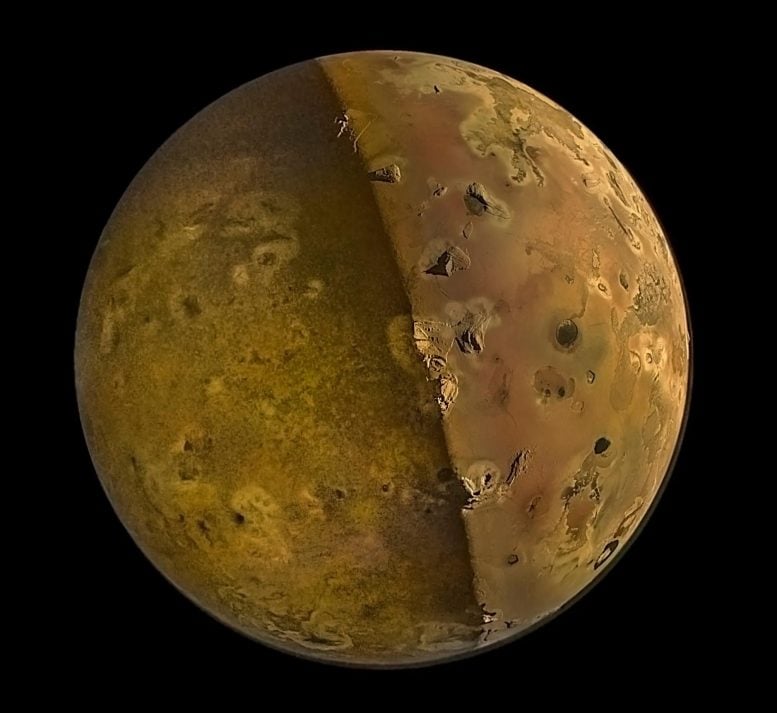
Jupiter’s moon Io, its night side illuminated by reflected sunlight from Jupiter, or “Jupitershine.”
Credit: NASA/JPL-Caltech/SwRI/MSSS, Emma Wälimäki © CC BY
Juno’s Second Close Flyby of Io
On February 3, NASA’s Juno spacecraft made a second close flyby of Jupiter’s moon Io. Like Juno’s previous flyby of Io in late December 2023, this second pass took Juno about 930 miles above Io’s surface.
The twin flybys were designed to gain new insight into how the moon’s volcanic engine works and investigate whether a global magma ocean exists under the moon’s rocky, mountainous surface.
That’s what’s up this week @NASA.







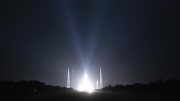
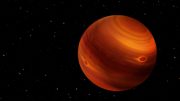
Be the first to comment on "This Week @NASA: Earth Science Mission Launch, Lucy Mission Milestones, Juno’s Close Flyby of Io"